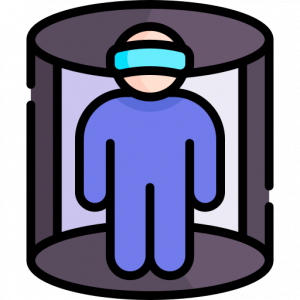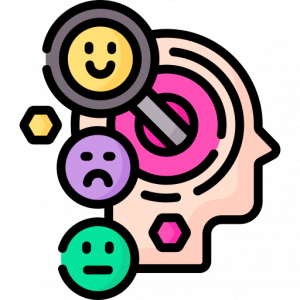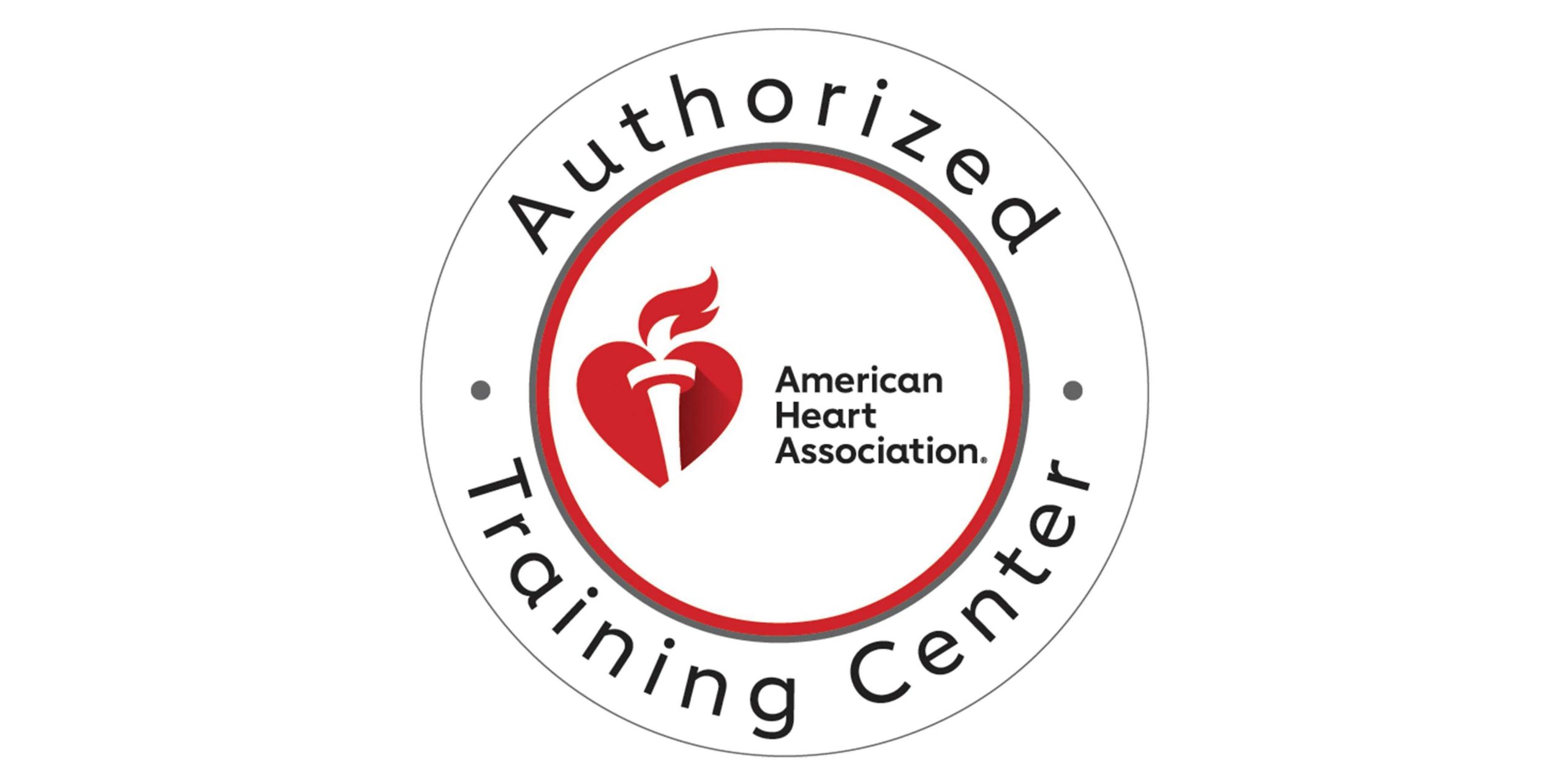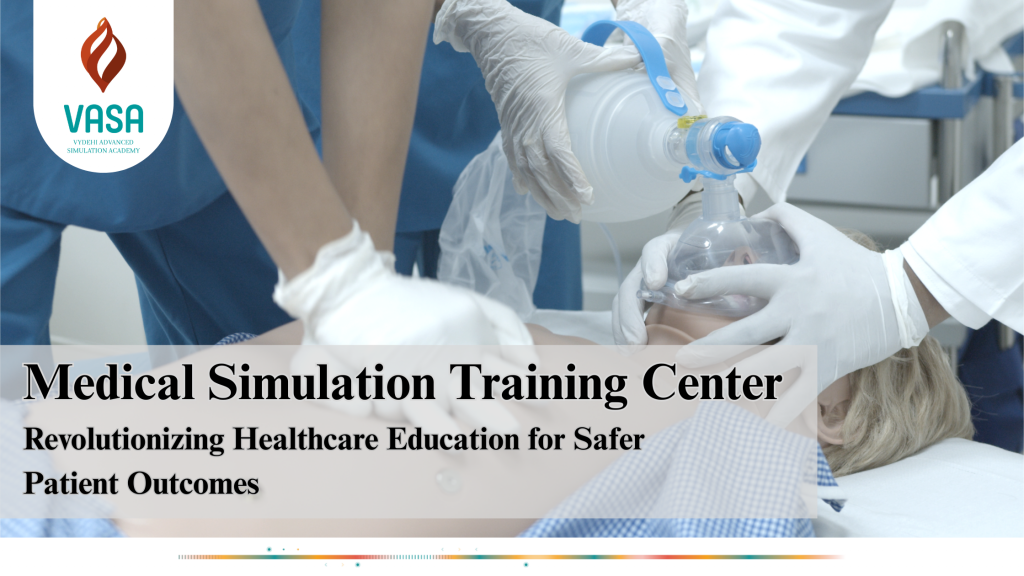In a world where precision, speed, and patient safety matter more than ever, traditional chalk-and-talk methods no longer suffice. Enter the Medical Simulation Training Center—a transformative learning space where healthcare professionals can experience real-life clinical scenarios through immersive, technology-driven environments.
Among the leaders in this revolution is VASA – Vydehi Advanced Simulation Academy, Southeast Asia’s largest and most advanced medical simulation center. At VASA, simulation isn’t just about replicating real-world settings—it’s about exceeding them through innovative, immersive training designed to redefine how medicine is taught and practiced.
But what exactly is simulation training in healthcare? And how does it enhance clinical skills, especially in fast-paced, high-stakes environments? Let’s unpack everything—from benefits and challenges to frameworks and real-world outcomes.
What Is Simulation Training in Healthcare?
Simulation training in healthcare refers to the use of lifelike scenarios, high-fidelity mannequins, augmented reality (AR), virtual reality (VR), and task trainers to teach and assess clinical skills in a risk-free environment.
Unlike traditional training, which may rely heavily on theoretical knowledge, medical simulation replicates actual patient encounters. This allows learners to practice hands-on interventions, make clinical decisions, and respond to emergencies—all before stepping into real-world situations.
According to The Association of American Medical Colleges (AAMC), simulation is revolutionizing medical education by enhancing safety, improving learning retention, and building confidence in medical teams.
VASA pushes the boundaries of this concept—combining cutting-edge technology with certified simulation educators to deliver high-impact, learner-centric education.
Effectiveness of Simulation-Based Learning in Medical Education
The effectiveness of simulation-based learning is well-documented. Research shows that it enhances knowledge retention, sharpens critical thinking, and builds competency across various healthcare domains.
In fact, a systematic review in the National Library of Medicine confirmed that simulation-based learning in medical education significantly improves performance in both technical procedures and team-based communication.
Some standout benefits include:
- Enhanced clinical decision-making under pressure
- Greater familiarity with rare or complex conditions
- Reduced risk of medical errors in real scenarios
- Higher student engagement and confidence
Whether you’re training in surgery, anesthesiology, cardiology, or emergency medicine, simulation in healthcare education is shaping a new generation of practitioners—proficient, prepared, and patient-centric.
At VASA, this transformation is supercharged by a futuristic curriculum that integrates AR, VR, and AI-driven modules across multiple specialties.
Simulation-Based Learning in Nursing Education
Simulation-based learning in nursing education is a game-changer. From mastering IV insertions to responding to cardiac arrests, nurses-in-training can now learn through hands-on simulations without risking patient harm.
High-tech mannequins that blink, breathe, bleed, and talk—combined with scenario-based roleplay—allow student nurses to:
- Practice patient interactions
- Sharpen procedural skills
- Manage stress in emergency settings
A report by The National League for Nursing (NLN) emphasizes that simulation helps bridge the gap between theory and practice in nursing, increasing both confidence and competence among learners.
VASA’s simulation labs are equipped with diverse, high-fidelity simulation technologies that reflect real-world complexity—ensuring nurses graduate ready to perform with precision and empathy.
Simulation-Based Education in Healthcare: Standards, Frameworks, and Guidance
No simulation program is complete without adherence to international best practices. The simulation-based education in healthcare standards framework and guidance is designed to ensure training remains ethical, evidence-based, and outcome-oriented.
Leading organizations like the Society for Simulation in Healthcare (SSH) and INACSL Standards Committee provide detailed guidelines that cover:
- Scenario development
- Learner assessment
- Debriefing protocols
- Faculty qualifications
VASA aligns its operations with global simulation standards, including SSH accreditation processes and INACSL benchmarks. This guarantees consistent, high-quality training and measurable impact on patient safety and clinical excellence.
Pros and Cons of Simulation in Medical Education
Like every tool, simulation has its strengths and limitations. Let’s break down the pros and cons of simulation in medical education to give you a balanced perspective.
Pros:





Cons:




Although the disadvantages of simulation-based learning exist, their impact is minor when compared to the broader benefits it offers to learners and patients alike.
At VASA, these challenges are addressed through well-trained simulation faculty, scalable technology infrastructure, and a robust support team—making it one of the most reliable and efficient simulation environments in Asia.
Why Choose a Medical Simulation Training Center?
Here’s what separates a standard classroom from a world-class Medical Simulation Training Center:
1. Realism Meets Innovation
Using immersive AR/VR and AI-enhanced simulations, these centers replicate true-to-life conditions—delivering unmatched training in critical thinking and clinical dexterity.
2. Collaborative Learning Spaces
Modern learners, especially Gen Z and Gen Alpha, value community and interaction. At centers like VASA – Southeast Asia’s largest simulation center, students train in a collaborative ecosystem built around peer learning, gamification, and experiential feedback.
3. Faculty Expertise
Certified simulation educators ensure evidence-based methodologies, structured debriefs, and personalized coaching.
4. Career-Ready Skills
Whether it’s mastering advanced airway management or trauma response, simulation prepares learners with real-world readiness—bridging the medical education to practice gap seamlessly.
Train with the future. Train at VASA.
Because at VASA, simulation isn’t just a tool—it’s a transformation.
Conclusion: The Future of Healthcare Begins Here
The Medical Simulation Training Center is more than a facility—it’s a launchpad for the future of medicine. Whether you’re a student stepping into clinical practice or a seasoned practitioner aiming to sharpen your edge, simulation offers an immersive, safe, and effective path to mastery.
By embracing simulation-based learning in medical education, you invest in better outcomes—not just for yourself, but for every patient you’ll ever treat.
Want to Learn More?
Explore global insights and best practices from trusted sources:
- World Health Organization: Simulation in Health Workforce Education
- AHRQ: Advances in Simulation-Based Training
Train with the future. Trust the science. Be the difference.
Your journey in safe, effective, and innovative healthcare starts at Vydehi Advanced Simulation Academy.




